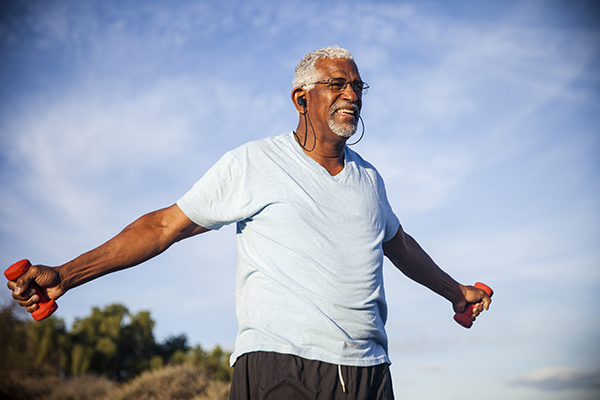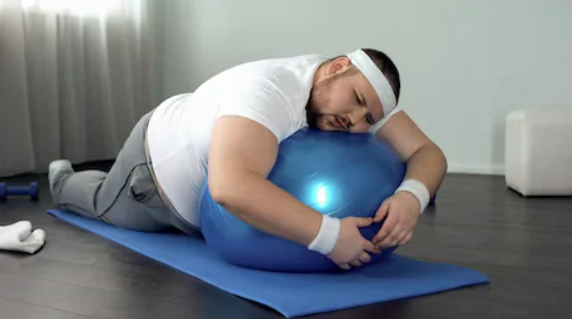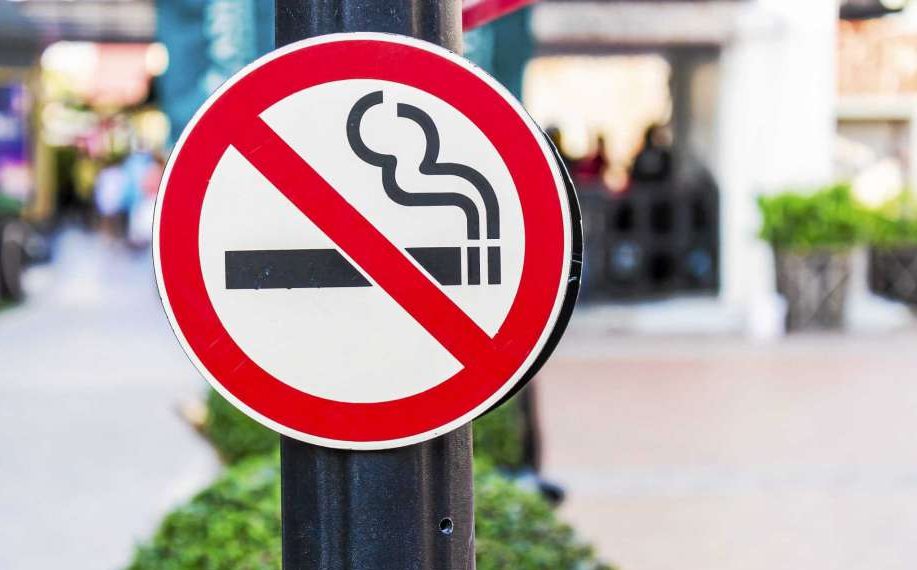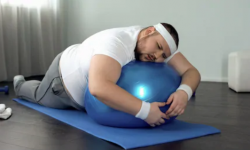
The best ways to prevent Shin Splints
Running is quite a favoured exercise. You can do it just about anywhere, and it’s completely free. It does come with its own problem though, especially in the early stages – Shin Splints.
Shin splits are a common running injury. It’s just a general term for the pain occurring in the front of your lower legs. It’s usually either on the outer front portion of your lower leg, or on the back inside of the lower leg.
What causes this severe pain? Well, in a way it’s your body punishing you for exercising harder than you can handle. So when it comes to running, it means you’re doing far too much, too soon.
Poor shoes can contribute to the causes as well, since running on hard surfaces will add strain to your front leg muscles. You may also pronate or supinate when running, making your front leg muscles work harder to keep your feet stabilised.
Recovery may feel impossible, but it’s not. I find that the best way to speed up the recovery process is to just apply an ice pack on your lower legs after a run. Keep it there for ten minutes or so every few hours and make sure your foot is elevated.
Even though it recovers, you probably don’t want it to be a recurring problem. So how do you prevent is happening? Here’s some methods that should help to prevent shin splints.
Stretch Your Calves
Feeling some mild shin pain coming on as you’re running? Don’t run through it, that’s not the wisest thing to do. Just stop and do some quick calf stretches.
Make sure you stretch your calves after your workouts too. If they’re tight then massage them – even if it’s just a quick 5 minute one. You’ll be surprised how effective it is.
Running Shoes
If you’re running in shoes that have little to no cushioning, you’re not doing yourself any favours at all. Apparently, you’re supposed to replace your running shoes every 300 to 400 miles.
It’s not just bad shoes that will contribute to shin splints, but also the wrong type of shoes. It may be the case that you need more stability and cushioning than everyone else. Any speciality sports store will be able to advise you on what the best running shoes for you would be.
Run on softer Surfaces
When possible, try running on softer surfaces. Harder surfaces like pavements or roads are increasing the stress impact on your muscles, bones and joints.
Every now and then when the opportunity comes, try running on some grass or dirt. Especially if it’s going to be a long run. Treadmills are also easier on your body so if you can, try a few treadmill runs during the week too.
Don’t go too far, too soon
Since shin splints are considered as an overuse injury, you don’t want to be throwing yourself straight into the deep end. Increased intensity and mileage too soon with no recovery time has a direct link.
Consider taking a few days off if you’re still new to running. Pain is how your body tells you to stop, so listen to it! In your downtime you can stretch your calves and strengthen your lower leg muscles.
Heel Striking
The best place to land when running is the middle of your foot. It could well be easier said than done though without you realising. If you’ve gotten into a natural habit of landing on your heels then you may want to try get out of it, as you’re stopping any forward momentum and creating stress on impact.
While we’re at it, stop landing on your toes too. You’ll overwork your calf muscles, another contributing factor to shin splints. Take a bit of practice at landing mid foot without any shoes on a carpet or grass. Help your body find its natural stride.
With all these methods and tips in mind, shin splints should eventually become a thing of the past. Just remember to give yourself plenty of recovery time, especially you newbie runners.
Need any tips or would like to contribute any of your advice on how to avoid shin splints? Feel free to message me or drop a comment below!























Follow Us